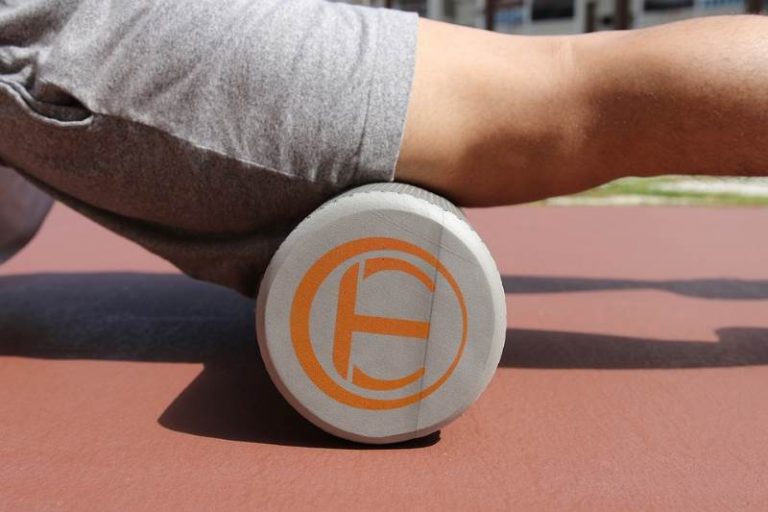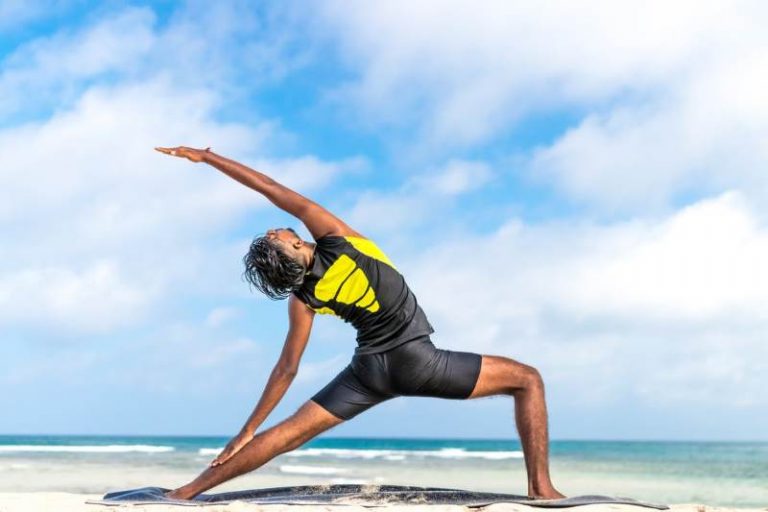Elbow, Wrist and Hand
Tennis Elbow – you don’t need to play tennis to get it!
Tennis elbow is so called as one of the reasons you can get it is from faulty technique in a tennis shot. This is only one of the ways that you can get tennis elbow though, it can come on from many other activities that involve a lot of wrist and forearm use.
The medical name for this condition, lateral epicondylitis, gives us more information about where the problem occurs. The lateral epicondyle is a small bony prominence on the outside of the elbow and is the point of attachment for the tendons of the wrist extensor muscles. These muscles run up the top of the forearm and play a role in movements such as bending the wrist back, making a fist, and twisting the forearm.
Lateral epicondylitis occurs if these muscles are used more than they are used to, resulting in pain and damage to the tendon where it attaches onto the bone at the lateral epicondyle. If you have tennis elbow, you will likely report an increase in pain when gripping tightly or shaking hands, using a screwdriver or twisting a jar, or any activity that requires wrist and hand use. The outside of the elbow can be very sensitive to touch, and you may find it will get very stiff, especially first thing in the morning.
In order to treat tennis elbow, it is important to identify the reason why it became injured in the first place and correct that. Apart from stopping the aggravating activity, there are often other contributing factors that need to be changed in each individual case. These can be related to our own anatomy in the elbow and arm, movement patterns which are overloading and therefore damaging the tendon, or factors relating to the equipment being used.
A physiotherapist can identify the changes that need to be made in each individual case and implement these. As well as this there is specific treatment that can be done to the tendon to ensure optimal healing such as friction massage and laser, and a stretching and strengthening program should be implemented too to ensure the muscles and tendons are in good shape to be able to cope comfortably with being used in the future.
So even if you don’t play tennis, you can still be affected by tennis elbow. Taking the right action will take your pain away.
Vestibular Rehabilitation (Dizziness and Vertigo)
The winter Olympics in Sochi was filled with scary crashes in nearly every sport. Hearts sank when seeing chances at a medal slip, the pain on the athletes’ faces, and some of the injuries that resulted. We probably all know someone who has, or have ourselves, taken a big spill at the local hill.
But that’s not the only place where falls can occur, especially during this time of year with the fluctuating melt and freeze of roads and walkways. Slips and trips can happen in the community, even in our own homes, for a variety of reasons. Sometimes we can walk away from them with little injury, other than to our pride, but unfortunately sometimes injuries occur. In order to avoid beginning the spring season hurt, it’s good to know what the risk factors to falls are and to address any concerns that may exist.
Some readers may recall a previous article I wrote about vertigo– a condition that makes you feel like you or the world is spinning. This or other conditions of the vestibular system can contribute to feeling dizzy or losing your balance. The vestibular system is partially located in the inner ear, and gives our brain information about where our head is relative to gravity. When it is affected, a conflict of information between the vestibular system and other sensory systems happens. Some related conditions include: Benign Paroxysmal Positional Vertigo (“BPPV”), labryinthitis or neuritis (types of infections), or Ménière’s disease. This in turn may cause vertigo, dizziness, or unsteadiness. Some of the causes of vertigo or dizziness can be treated to help you feel more stable on your feet.
Weaknesses in the legs or trunk, sensory conditions of the feet, or decreased ‘proprioception’ (the information about where a body part is relative to the rest of the body) are other risk factors for falling. Proprioception, balance, and strength can be trained through regular exercise. Tai Chi and Yoga are examples of programs that assist in reducing fall risk. However some people require exercises tailored to their individual abilities and needs. It is important to evaluate whether a particular exercise is safe and appropriate for you. Having an understanding of the exercise and of your own abilities is helpful, but when in doubt, it is helpful to consult a health care provider, or discuss with the instructor.
Risk factors for falling don’t only exist within our bodies, but also in our environment. It’s important to note that while the temperatures have been going above freezing, those cold nights and days can result in a layer of ice. Slowing your pace over these areas, wearing proper footwear, and always being aware of the conditions will help. Within your home, having adequate lighting, keeping the floors and hallways clear of obstacles, and keeping rugs or carpets secured down will also reduce your chances of tripping.
With the example of the Olympic sports of skiing, snowboarding and skating, big falls occur frequently. It’s not often a case of needing to address strength or balance, and rarely is the environment controllable. For these activities, it’s important to protect yourself as much as possible. Wrist guards are light, can fit under gloves, aimed at reducing the risk of a facture when impacting the ground. A common injury with falling is the FOOSH – a ‘Fall Onto an Outstretched Hand’. A brace will keep your wrist in an ideal position and can absorb some of the force to reduce, but not eliminate, the likelihood of a wrist fracture. If you ski, braces also exist to protect the thumb, which can be injured by the ski pole.
If you feel you are at risk of falls, or have an injury after taking one, it is important to see a health care professional to either assist in the prevention of, or in the rehabilitation after, a slip. Reducing the risk can be easy in some situations: adjusting your footwear, modifying your gait aid if you use one (for example, attaching an ice grip onto a cane), making changes to your home environment, or partaking in a strength and balance program designed for your needs. In some cases, dizziness or lightheadedness occurs as a side-effect from medication, so speaking to your doctor may help. From a physiotherapy context, your strength, balance, vestibular function, or any combination of those factors can be assessed and treated as is appropriate for you.



